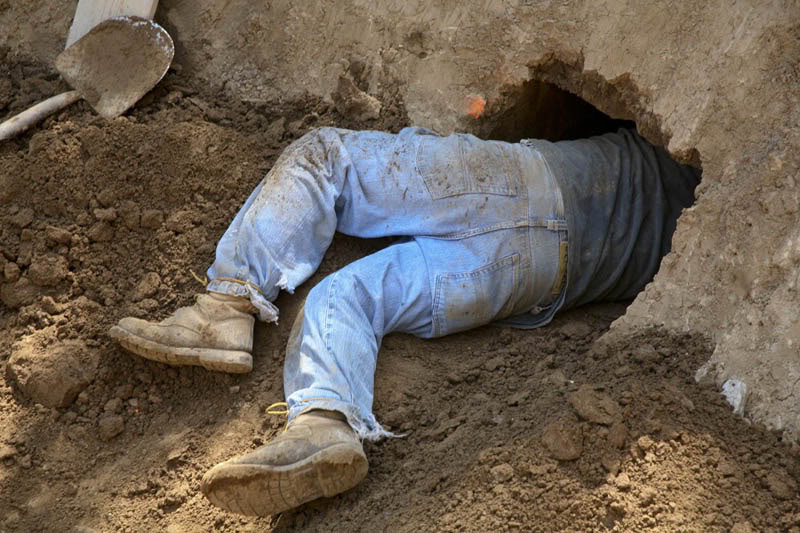So last December (2019) I concluded that I could combine two events into one long trip. The Pace Bend Ultra in Texas (Feb 1) and the Sebring Bike Race in Florida (Feb 8). After Texas just a 2 day drive to Florida, a few days of easy training and then the Sebring race. Then a long 3 day drive back home to Arizona. Effective. Time and resources efficient. Two big events logged early in the year. Goals to train for.
Well, I did the Pace Bend event. (Registered for the 24 hour, decided at the time to do the 12 hour, and completed the 6 hour).
What I didn't consider was how lonely I'd get along the way. Driving. Staying in anonymous motels. Sleeping a few nights in my van.
So ... the morning of the Pace Bend event I told my wife that I was dreading the long, lonely drive to Florida. That the two or three days before the Sebring race I'd be holed up in the motel with a few hours each day consumed with easy training. And then the long, lonely 3 day drive back to Arizona, with more stays at anonymous motels.
I mean ... what do I do for a living, f'chris'sake! I'm a psychologist. And I completely ignored the fact that I'd be both actually and virtually alone the entire two weeks away.
Before the Pace Bend event I was feeling the pressure of `dread' regarding the Florida event. My thoughts went to my ego. "What will people think of me wussing out simply because I'm feeling homesick and lonely?!" All the self-talk about `the tough get going when the going gets tough' hammered my head.
And then the `big brother' on my left shoulder lectured me on `perspective.' (Imaginary big brother who is mature, wise and cares about me).
- "Dan, who are you doing this for? "
- "Dan, the Texas and Florida events grounded your winter training. That's a `good' thing."
- "Dan, are you allowing the thought of what others think of you to tyrranize you?"
- "Dan, platitudes like `the tough get going ...' are simplistic and probably do more harm than good."
- "Dan, is your sense of self-worth so shallow and brittle that you can't admit you were overly enthusiastic and simply wrong?"
- "Dan, are you making your life painful just so others may be `impressed' with you?"
So, I'm mortal. My good sense to not brutalize myself over `ego' is valid. If people look down on me or, worse, don't even `look' at me ... big woof!
Maturity is something we have to deal with every time we wake up.
Besides, I'll bet there are dozens, if not hundreds, of cyclists out there who are heartened to hear these words.
Turns out I'm getting more time and training on the bike by being home and not being stuck driving for another five or six days.
Perspective.
Thanks `George.' (My big brother).



